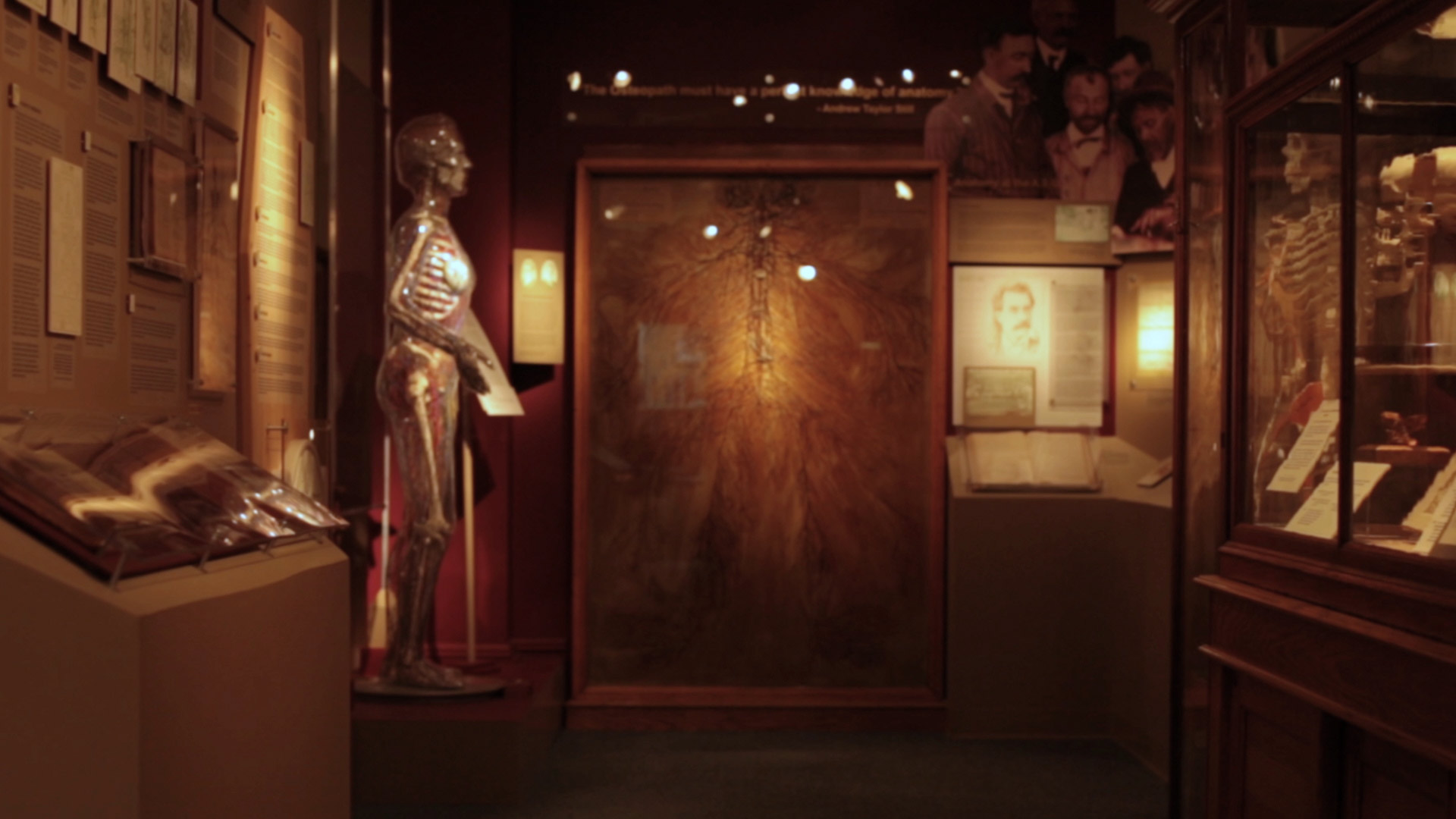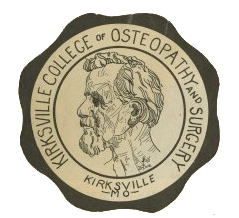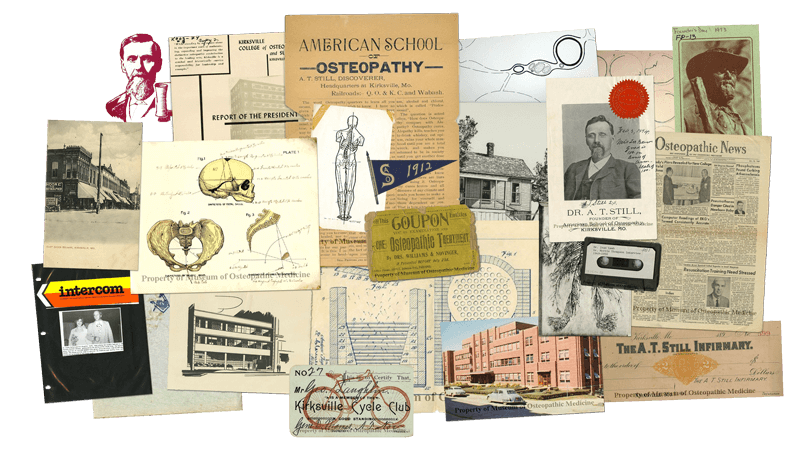Preserving the history of osteopathy.
Make a donationPreserving the history of osteopathy.

Collection of artifacts, photographs, documents, and books that help trace the history of the osteopathic profession throughout the U.S. and the world.
View the collectionsConnect to assist in the preservation of unique, historical resources for present and future visitors and researchers.
Contribute and ConnectOsteopathic archives foundational to learning and teaching the legacy of Andrew Taylor Still, DO, and the founding tenets of the osteopathic profession.
Use Research Resources

Andrew Taylor Still was born on August 6, 1828, in a log cabin in Lee County, Virginia. The third of nine children born to Abram and Martha Still, young Andrew led a typical frontier boy's life, with plenty of hard work and intermittent schooling. His father was a Methodist circuit-riding preacher and a physician, whose work led the family to move several times between 1834 and 1841, to circuits in Tennessee and Missouri. Finally, in 1851, Abram was assigned to head up the Wakarusa Shawnee Mission in Kansas. At least part of the reason he received this assignment was to get him out of Missouri, a pro-slavery state where his strong anti-slavery sermons were getting an increasingly hostile reception.


The collections of the Museum of Osteopathic Medicine include more than 100,000 objects, photographs, documents, and books dating from the early 1800s to the present (focused mainly on 1870–1940). The core of the collection consists of artifacts from A. T. Still's professional and private life, most of them donated by Dr. Still's daughter, Blanche Laughlin, and members of her family.
Since the founding of the Museum in 1934, other family members, DOs, and Museum supporters have donated many additional artifacts that reflect the ongoing history of the osteopathic profession. The research collections of the International Center for Osteopathic History (ICOH) also include many former holdings of the A.T. Still Memorial Library, for which the Museum assumed responsibility in 1997.